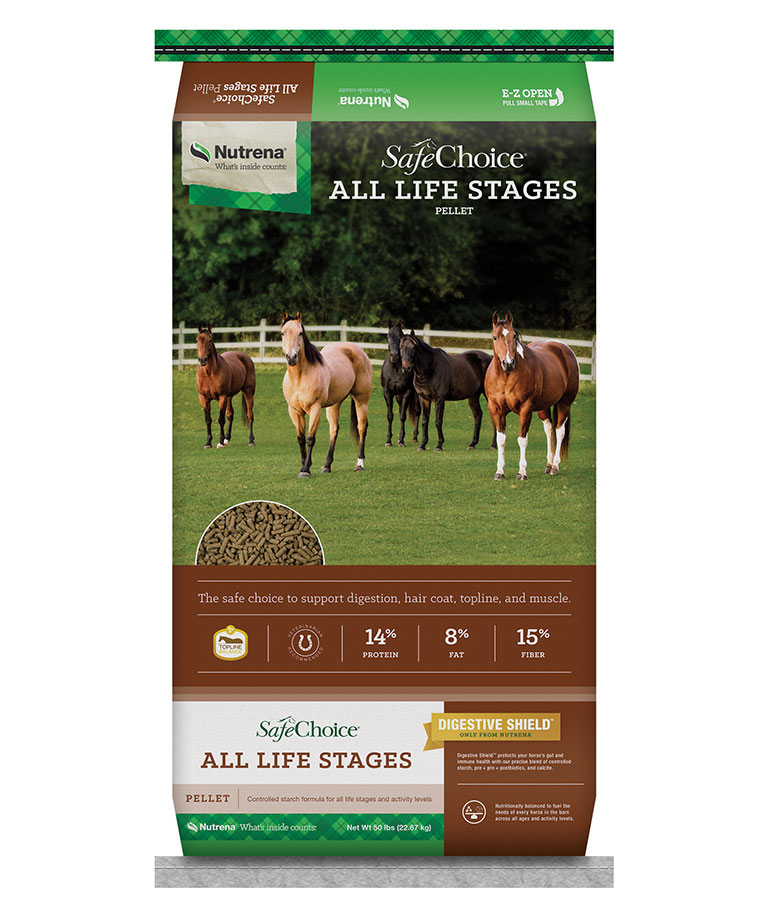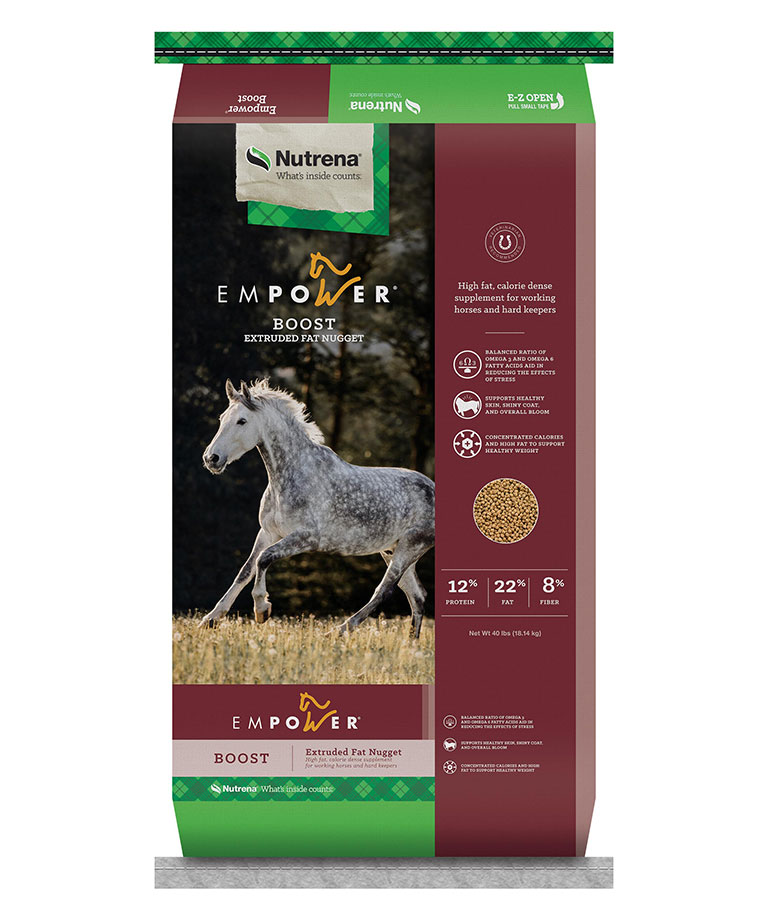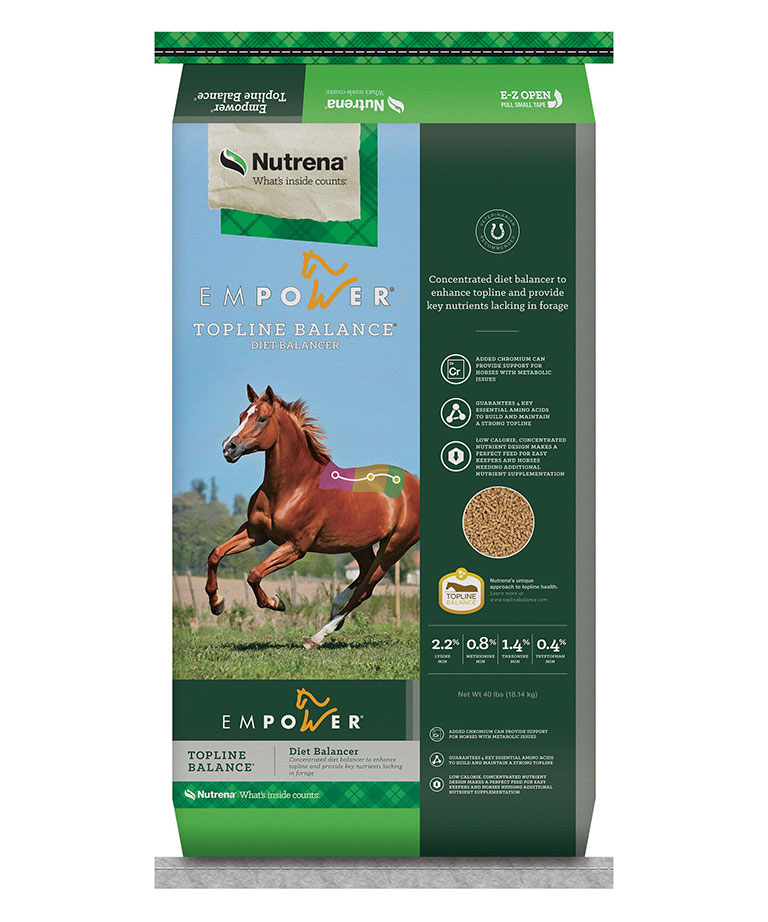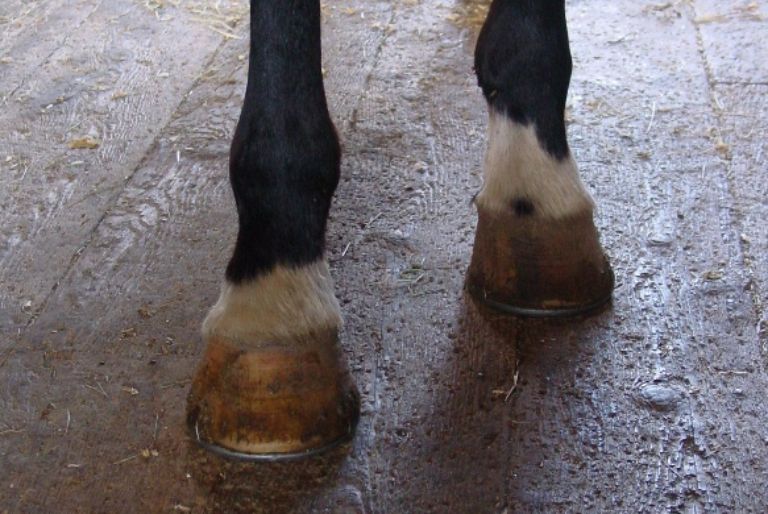The Skin Health of Your Horse
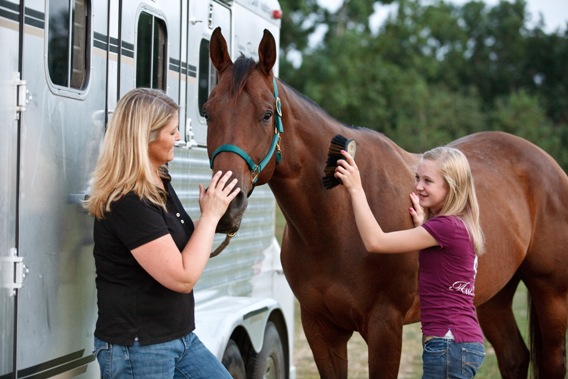
Horses can encounter many skin health issues on a daily basis. Geographical location and seasonal variations have a major influence on the range of possible skin issues.
Before diving too deep into skin issues, it is important to understand skin components. The skin is the body’s largest organ, representing 12-24% of the animal’s body weight, depending upon species and age. The skin is composed of five zones:
- Dermis
- Supports and nourishes the epidermis. There are cells, fibers and nerve plexuses present in the dermis.
- Basement Membrane Zone
- Primary function is to attach and act as a barrier to the epidermis and dermis. Several factors including autoimmune conditions can impact the health of the basement membrane zone.
- Epidermis
- Often hair covered and the first barrier of defense. Also composed of multiple layers. The overall health of these layers are influenced by nutrition, hormones, tissue factors, immune cells and genetics.
- Appendageal System
- Contains structures that grow with the epidermis such as hair follicles, sebaceous and sweat glands. Hair growth is impacted by many factors including nutrition, hormones and sunlight.
- Subcutaneous Muscles & Fat
- Has many functions such as insulation, shock absorber, and a reservoir for hydration. (Merck, 2015)
Skin issues generally fall under five categories:
- Traumatic skin issue or skin wounds/lacerations often from environmental hazards such as fencing, barn structure, or other objects.
- Granulomatous skin issue or “proud flesh“ can occur when a wound goes untreated or unnoticed following injury.
- Nodular skin issue or skin associated with seasonal conditions or allergic dermatitis from insects such flies and ticks.
- Pruritic and alopecic skin issue or contact dermatitis often from plants, irritating chemicals or “Sweet Itch” associated with gnat bites. Other Ectoparasites such as Lice and Mange are contributing factors of this type of skin issue.
- Nonpruritic and alopecic skin issue or “Rain Scald”/”Rain Rot” from prolonged exposure to environmental conditions is one major factor contributing to this type of skin issue.
Because of these various potential skin issues, it is important to include a quality care, management and grooming routine for your horse. Brushes and equipment should be cleaned between horses. If a contagious skin disease is suspected, designate a set of grooming supplies to be used only on the horse with an issue.
Skin health is affected by many components of nutrition. Proper hydration and access to a quality water source is the cornerstone of skin health. A quality balanced diet rounds out an optimal skin health plan. Diets balanced in essential amino acids, Omega-3 and Omega-6, and vitamins and minerals.
A proper farm insect management program starts with cleanliness and prevention. Keeping manure removed or far from horse barn, stalls or paddocks is essential. In a barn environment use fans to help deter flying insects from horse stalls or confined areas. Remove standing water or keep horses further from standing water sources to help reduce insect experiences. During peak insect seasons use of fly bonnets, fly sheets or safe insect repellents. If desired, a feed through fly control product can be incorporated into a full insect control program.
Bathing or “cold hosing” the horse’s skin can help with discomfort of skin issues. It is appropriate for horses in exercise to be “bathed” or hosed off after exercise. It is important to scrape/wipe off excess water and properly cool out any horse to avoid additional complications. Care should be taken to not “over bathe” or use harsh shampoo or chemicals on the horses’ skin.
Please consult your Veterinarian before administering any medicated or chemical treatments or for additional information on skin diseases and treatments.

